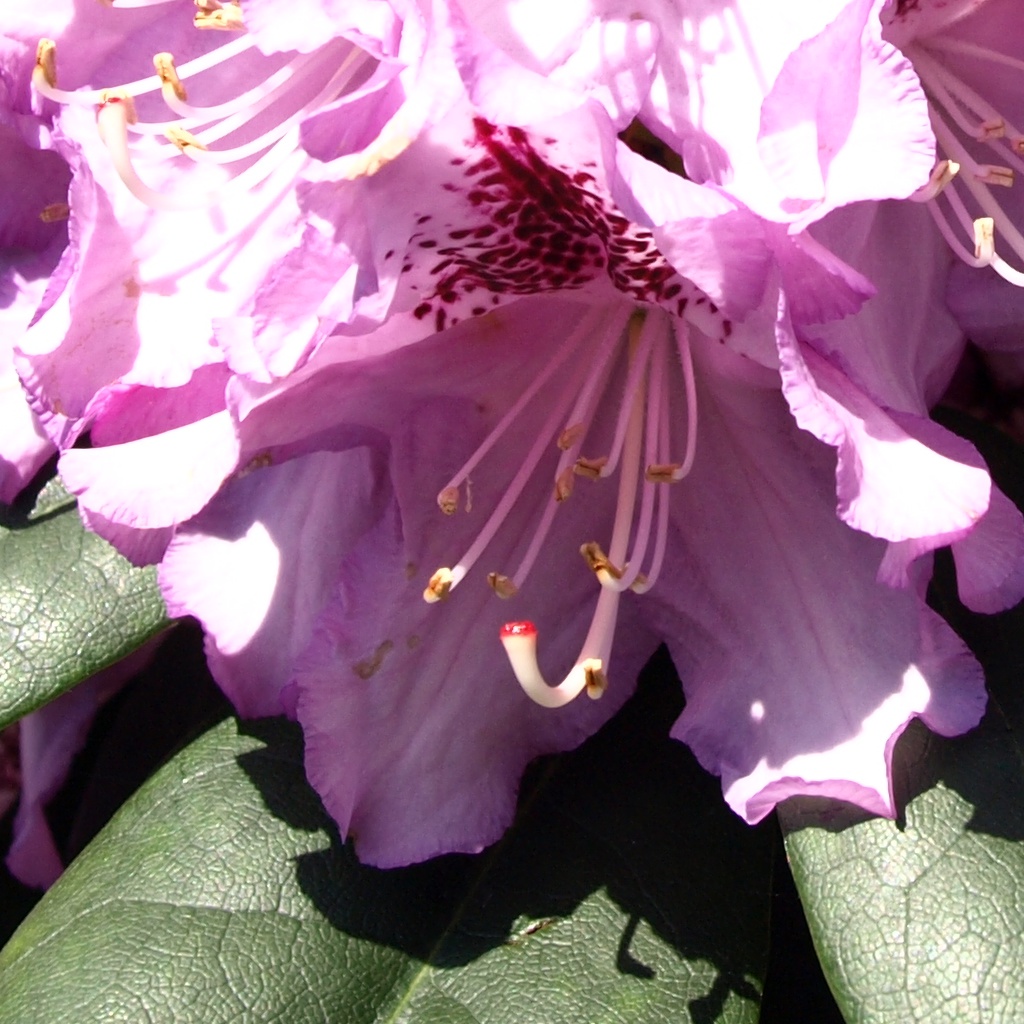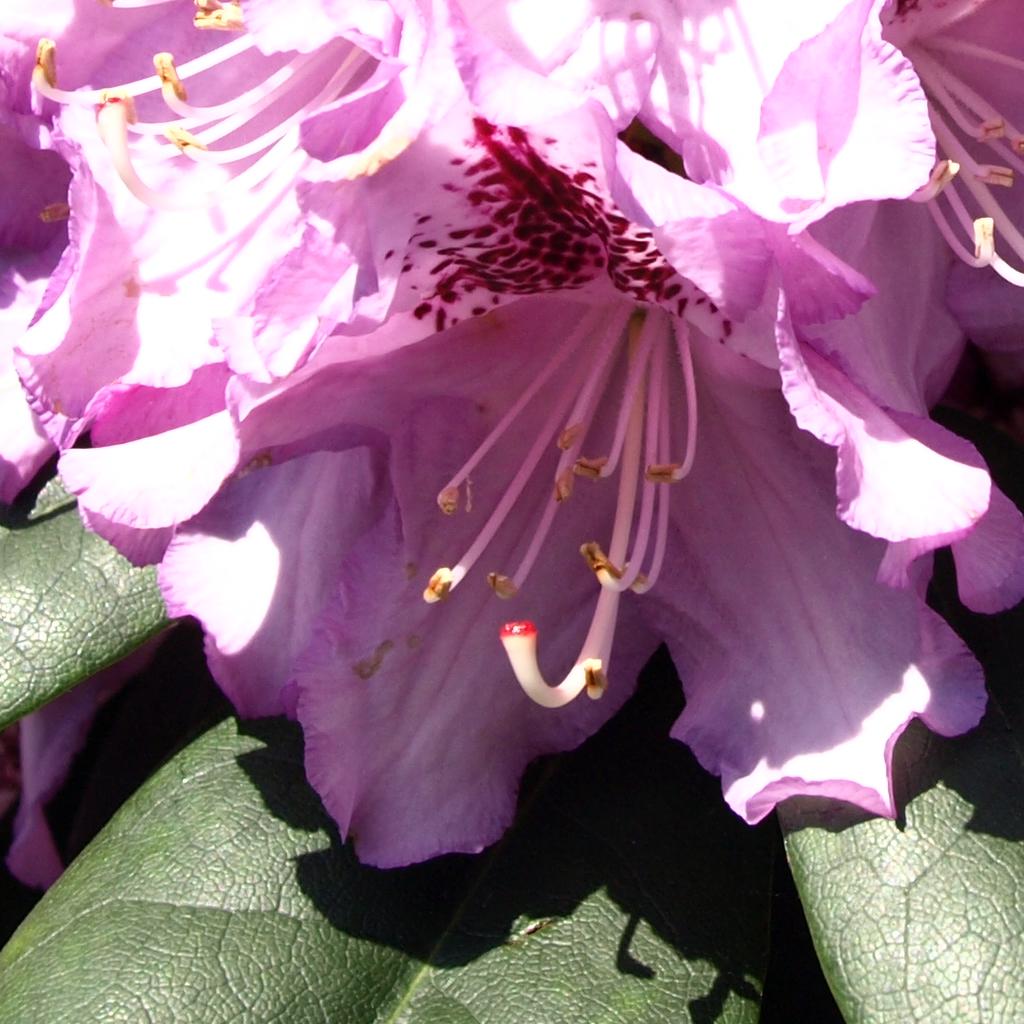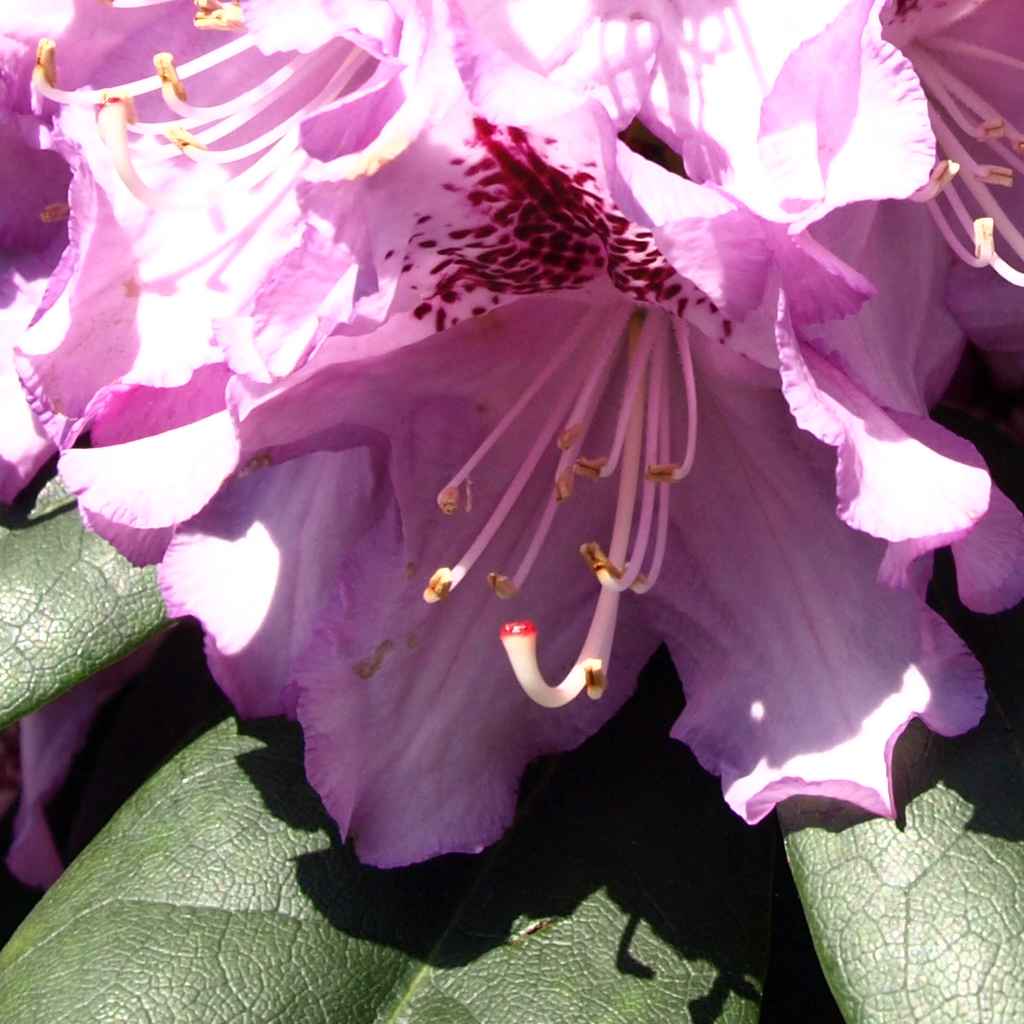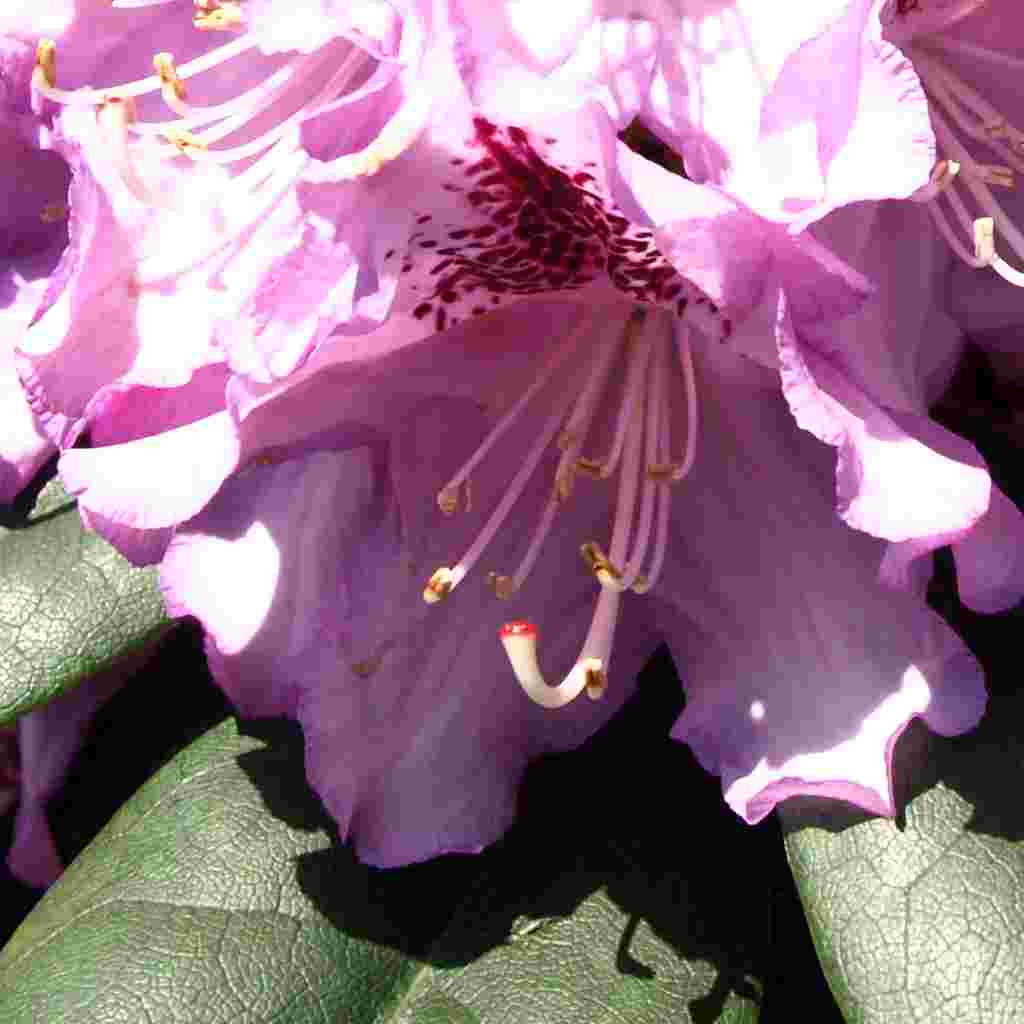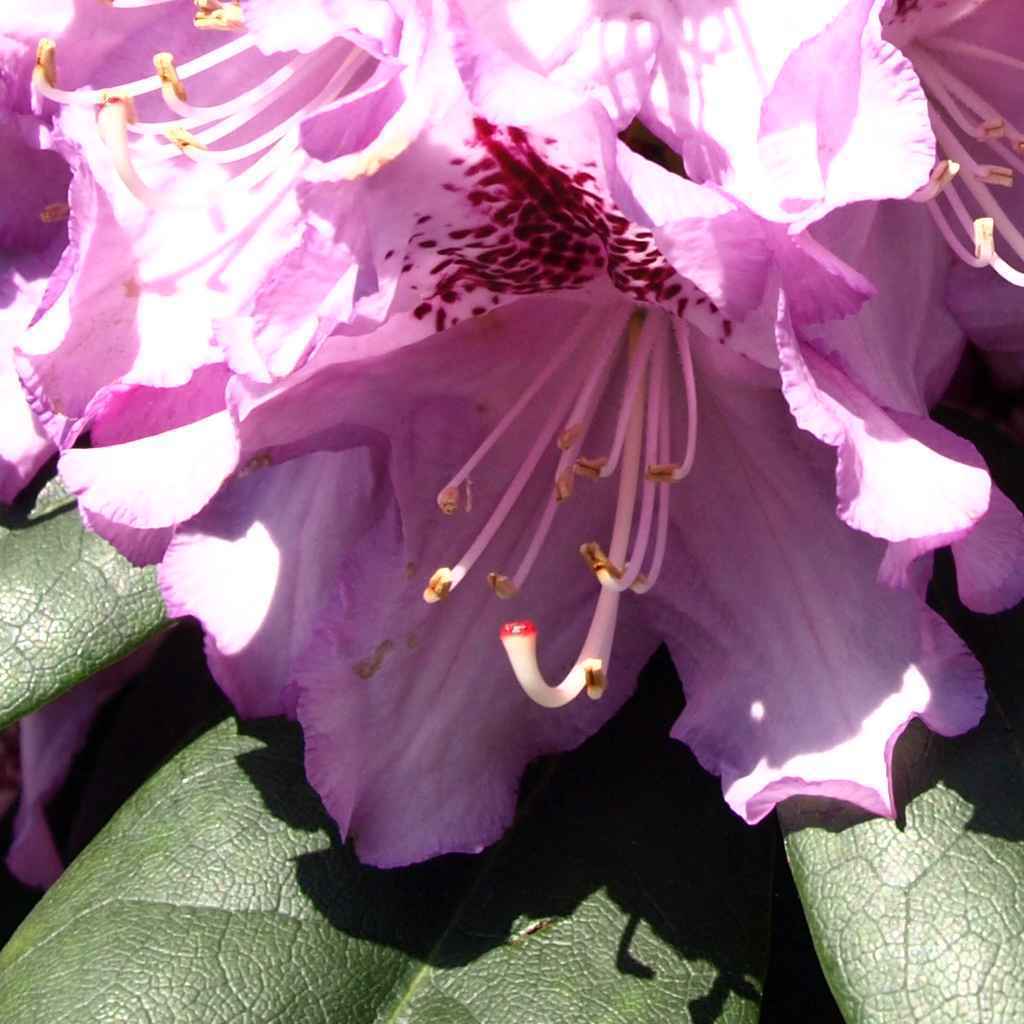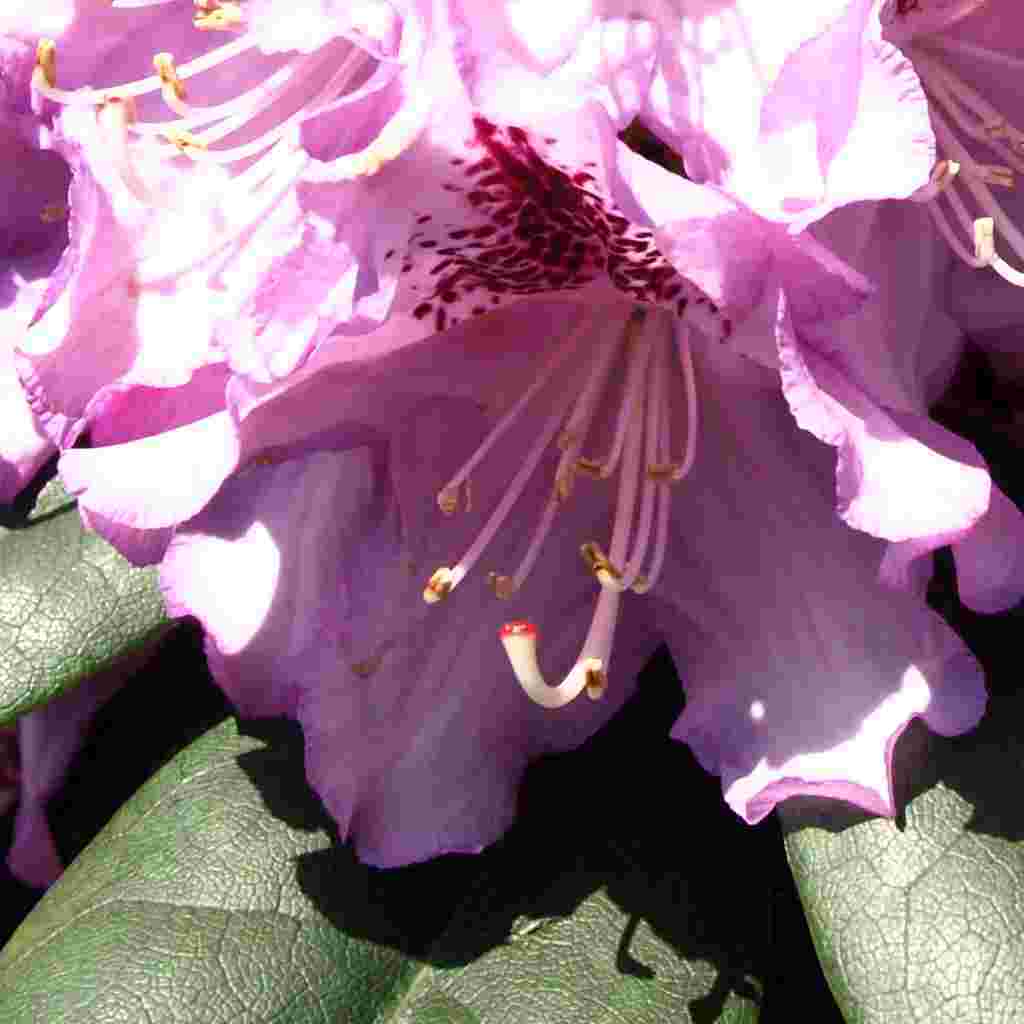 |
 |
 |
 |
 |
 |
 |
 |
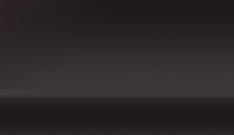 |
|
|
Introduction to the JPEG Compression The JPEG compression method is usually lossy, meaning that some original image information is lost and cannot be restored (possibly affecting image quality.) There is an optional lossless mode defined in the JPEG standard; however, that mode is not widely supported. The encoding process consists of several steps:
The deconding process performs the inverse of the encoding steps in reversed order. Note that there is no lossy step anymore, except for maybe for integer rounding errors, since the quantization step becomes a matrix multiplication and the step 2 makes no sense during the decompression. Effects of JPEG compression JPEG compression artifacts blend well into photographs with detailed non-uniform textures, allowing higher compression ratios. Higher compression ratio first affects the high-frequency textures of the image, and the edges become more fuzzy. The very high compression ratio severely affects the quality of the image, although the overall colors and image form are still recognizable. However, the precision of colors suffer less (for a human eye) than the precision of contours (based on luminance). This justifies the fact that images should be first transformed in a color model separating the luminance from the chromatic information, before subsampling the chromatic planes (which may also use lower quality quantization) in order to preserve the precision of the luminance plane with more information bits. Questions Does repeated JPEG compression degrade the image quality? The short answer is no, provided that the 8x8 input tiles do not change (with other words the image dimensions remain the same and the whole image content is not significantely changed each time the image is opend and saved). Just by opening and saving a jpeg a large number of times, there will be no visible loss of quality since the de-compression algorithm is practically lossless and the compression algorithm will work on the same input data again and again, giving out the same results again and again. To show this, we opened and saved 50x the same image for 4 different compression ratios using AZImage. The results are displayed in the table below (click to open large images in new windows):
Changing the image dimensions will severely affect the JPEG compression since the 8x8 squares will contain other pixels, leading to completely different input data during the compression. Changing the colors of the whole image, for example by applying a smooth operation or any sort of filter working on the whole image will possibly affect the loss of data during the jpeg compression as well, since the input data will change significantely. We hope that this article answered your question. If not, please send us a feedbak on how to improve! Email us at support@racsoftware.com. |


